At exactly 11:00 a.m. on April 30, 1975, T-54 tank number 843, commanded by Captain Bui Quang Than, crashed into the side gate of the Independence Palace and then stalled. T-59 tank number 390 following behind immediately charged forward and crashed through the main gate. Captain Bui Quang Than jumped out of the tank and ran to the roof of the Independence Palace to plant the flag of the National Liberation Front of South Vietnam. This event marked the sacred moment of the nation, the glorious end of the resistance war against the US to save the country.
Gunner No. 1 of tank 390 Ngo Sy Nguyen
PHOTO: DINH HUY
50 years have passed but those memories are still intact in the mind of gunner number 1 of tank 390 Ngo Sy Nguyen (from Nghe An ).
Opening the cabinet, taking out a file of documents with pictures from his time in the war and giving them to us, Mr. Nguyen told us that these were the most honorable moments of his life. His words were clear and distinct, as if the story had just happened yesterday.
Fierce battle on the way to Saigon
In August 1971, the young man Ngo Sy Nguyen turned 18 years old, volunteered to join the army with the spirit of "Splitting Truong Son, going to save the country/With a heart full of hope for the future..." . After about 3 months of infantry training, because he demonstrated his excellent shooting skills, he was accepted into the Armored Tank Unit, taking on the position of gunner of the T-59 tank, number 390 (Tank Company 4, Tank Battalion 1, Tank Brigade 203, Army Corps 2).
At the end of 1971, after completing the basic training course, Mr. Nguyen received the mission to go to the South to fight. In the early days, the unit was mainly stationed and participated in the fight in the Vietnam - Laos border area with the goal of liberating Hue. Here, fierce battles occurred when the enemy dropped bombs to block our advance. During the months-long march of Mr. Nguyen's unit from Quang Binh - Laos - Hue, 10 soldiers were sacrificed.
Marching from Quang Binh to Hue , 10 of my comrades died.
After gathering in A Luoi (Hue), Mr. Nguyen's unit continued to train and prepare best for upcoming campaigns.
On March 15, 1975, the 203rd Tank Brigade received orders to leave the base, departing from A Luoi (Hue) following Highway 14B, Khe Tre Town (Nam Dong District, Hue) to fight in the battles of Nui Bong, Nui Nghe and Mo Tau. On tank 390 at that time were Lieutenant Vu Dang Toan, Political Commissar of the company; driver was Sergeant Nguyen Van Tap; gunner No. 1 was Sergeant Ngo Sy Nguyen; Lieutenant Le Van Phuong, Deputy Technical Company Commander and gunner No. 2.
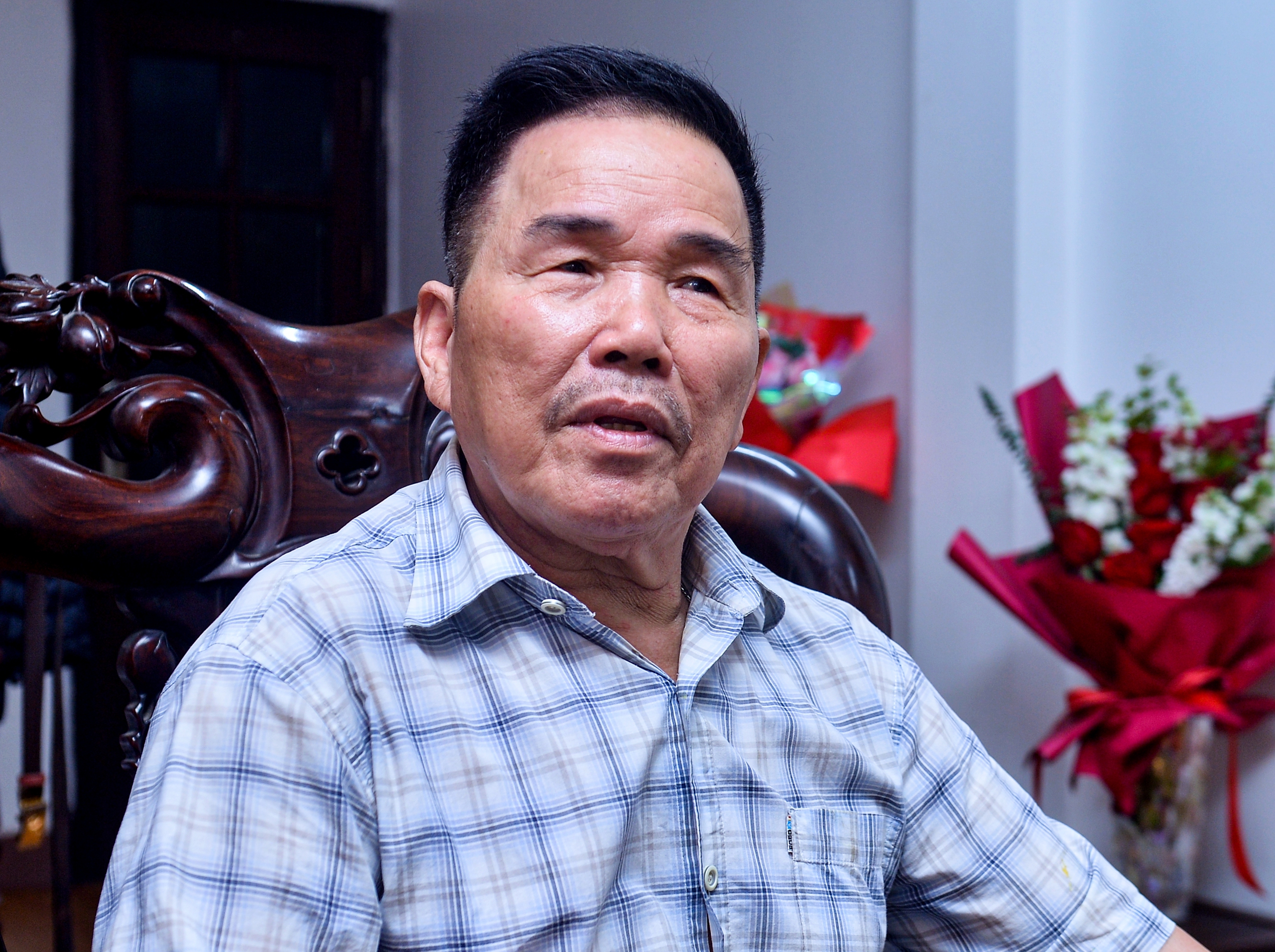
Mr. Nguyen recalls the battles on the way to Saigon.
PHOTO: DINH HUY
By March 25, 1975, the unit had liberated Hue, then was ordered to go to Thuan An gate to block the enemy's escape route. On the night of March 29, 1975, Mr. Nguyen's unit continued to receive orders to cross Hai Van pass, advancing to liberate Da Nang with other troops. In a short time, we destroyed tens of thousands of enemy troops and took control of military bases, causing the enemy to be extremely confused.
"In Da Nang, we added oil, grease and water to the tanks. Soldier Bui Quang Than transferred from tank 386 to tank 843. After that, we marched by road to Saigon," said Mr. Nguyen.
On the way to Saigon, the unit continued to encounter enemy military bases that hindered their progress. The most difficult and fierce battle was the battle against Nuoc Trong base (Long Thanh, Dong Nai). This was an important enemy military base cluster, including an armored school, an infantry school, and a commando training center with a force of nearly 4,000 soldiers, along with about 40 tanks and armored vehicles that could support each other.
He said that the enemy had set up and built a base in a dense rubber forest. Although we used two battalions to attack, we were unsuccessful. In this battle, many soldiers were sacrificed and vehicles were burned, but our morale was high. As one person fell, another person advanced very bravely.
Our spirits are high, one falls, another advances bravely.

On the morning of April 28, tank 390 had just arrived at the battlefield when it was ordered to immediately join the battle. Looking at the terrain, we saw the enemy firing from the rubber forest but we could not see the enemy to attack back, Mr. Nguyen suggested that his teammates shoot up to the middle of the tree, the shrapnel exploded like a bomb and fell on the base, revealing the enemy tank. Immediately, Sergeant Ngo Sy Nguyen signaled gunner number 2 to replace the explosive shell with an armor-piercing shell, aiming straight at the enemy tank and firing.
After that, tank 390 and many other tanks continuously opened fire to destroy and suppress enemy firepower, supporting the infantry to occupy the battlefield. Early in the afternoon of the same day, Nuoc Trong was liberated, creating conditions for our army to advance and liberate Saigon. After this battle, tank 390 suffered many "wounds" but fortunately everyone was safe.
Soldiers sacrificed for the final victory
After the battle of Nuoc Trong, on the morning of April 30, the 1st Tank Battalion, led by Commander Ngo Van Nho, was assigned the main task of opening the way to Saigon. The 3rd Company was tasked with raising the flag on the Independence Palace.
The thrust started from Long Binh depot, through Dong Nai bridge, Thu Duc intersection, Thu Dau Mot intersection, to Saigon bridge. At Saigon bridge - the enemy's last shield at the gateway to Saigon, the enemy fought back fiercely, causing many sacrifices by our troops, including the image of battalion commander Ngo Van Nho heroically sacrificing himself before the nation's total victory, something Mr. Nguyen would never forget.
"The Saigon Bridge has an arched structure, so it was easy for the enemy to observe our formation, while it was very difficult for us to observe the enemy, especially their defense system on the other side of the bridge. They used barrels and sandbags to form zigzag obstacles, then used strong firepower from inside, causing many of our tanks to be burned.
Seeing the difficult situation, Battalion Commander Ngo Van Nho opened the car door, leaned forward to observe the enemy and command the unit to cross the bridge. In the rain of bullets, the commander boldly shouted the order "advance!". When the bridge was quiet, his comrades realized that the Battalion Commander had heroically sacrificed himself right on the tank turret," Mr. Nguyen recalled.
Crossing Saigon Bridge, Tank 390 headed straight to Hang Xanh intersection. Here, Mr. Nguyen and his teammates discovered 2 M-113 armored vehicles that had been placed to block their advance. Discovering the enemy counterattack, Mr. Vu Dang Toan shouted "Nguyen, Nguyen... target!". Immediately, Mr. Nguyen aimed and fired. After the explosion, the artillery shell hit the M-113 vehicle, and fire broke out. The enemy's second M-113 vehicle shared the same fate when Mr. Nguyen fired the second shot.
The order to "stab straight" the main gate of the Independence Palace
Engrossed in fighting the enemy, we did not know how many intersections we had passed in Saigon.

"Based on the map of the Political Commissar of the 203rd Tank Brigade, Bui Van Tung, we memorized the Thi Nghe Bridge, turned left, passed 7 intersections, and found the Independence Palace. However, because we were so engrossed in fighting the enemy, and the smoke from gunpowder was so thick, we didn't know how many intersections we had passed in Saigon," Mr. Nguyen revealed.
The moment tanks 390 and 843 entered the Independence Palace was recorded by a French female reporter.
PHOTO: NVCC
Tank 390 continued to move into the center, reaching Nam Ky Khoi Nghia Street (today's name) and the Independence Palace gradually appeared. At this time, Mr. Nguyen and his teammates met Tank 843 of Captain Bui Quang Than.
Tank 843 crashed into the side gate of the Independence Palace and stopped. At this time, the driver of tank 390 asked the tank commander Vu Dang Toan "what to do" and received the order "ram straight in". Immediately, tank 390 crashed through the main gate of the Independence Palace and went straight into the yard.
"This stab is the strength and the desire for peace of the Vietnamese people. At this moment, we are not afraid of sacrifice but rush straight in to open the door like opening a battle for the main army behind to advance and destroy the enemy's last headquarters," said Mr. Nguyen.
This stab is the Vietnamese people's aspiration for peace.

Mr. Nguyen also clearly remembers when the gate of the Independence Palace was knocked down, Captain Bui Quang Than bravely, holding a flag (without a gun on his person) jumped from tank 843 and ran to tank 390, stopping at the lobby of the Independence Palace.
When tank 390 stopped, the tank commander Vu Dang Toan jumped down and followed Captain Bui Quang Than into the Independence Palace. Meanwhile, Mr. Nguyen took the AK in the turret and jumped out of the tank and ran into the Palace to provide support.
Mr. Ngo Sy Nguyen on tank 390
PHOTO: NVCC
Upon arriving at the Independence Palace, Lieutenant Vu Dang Toan and his comrades brought all of Duong Van Minh's cabinet into the large room. Mr. Nguyen stood guard at the door, not allowing anyone to enter or leave; driver Nguyen Van Tap stayed behind to guard the tank, and Lieutenant Le Van Phuong sat in the car, holding a 12.7mm gun pointed at the flag on the roof of the Independence Palace to support Captain Bui Quang Than in planting the flag.
"A few minutes later, three of our infantry soldiers entered the room with pistols, followed by Political Commissar Bui Van Tung. When Political Commissar Tung entered, President Duong Van Minh stood up and bowed, saying: "We are waiting for you to come in to hand over." Political Commissar Tung responded firmly: "You are the defeated, there is nothing left to hand over, only unconditional surrender." After that, Duong Van Minh was escorted by Pham Xuan The, Bui Van Tung and the soldiers to the radio station to announce his surrender," continued gunner Ngo Sy Nguyen.
Tank 390 in the yard of the Independence Palace
PHOTO: NVCC
About an hour after the historic moment, Mr. Nguyen's 4th Company received orders to go to Bach Dang port to protect the port and warehouse, and guard against enemy counterattacks. After about 4 to 5 days here, his unit withdrew to Long Binh warehouse, built up the unit, repaired vehicles, replenished ammunition... and prepared for combat.
"We are fortunate to be favored by history"
50 years have passed, in the memory of the gunner that year, he will never forget the moment on the day of national reunification when children, young people, old people... lined up along both sides of Saigon streets cheering "Liberation Army". Then there were parades and support groups of women, young people, students with slogans: "Long live President Ho Chi Minh"...
"We are just ordinary soldiers but fortunately, we were favored by history to appear at the most glorious moment of the nation, the moment we crashed the gate of the Independence Palace, ending 21 years of resistance against the invading American imperialists," Mr. Nguyen emphasized.
We are just ordinary soldiers, fortunate to be favored by history.

After the country was unified, tank 390 continued to participate in protecting the southwestern border, performing international missions in Cambodia. When the war to protect the northern border broke out, the vehicle boarded a ship to the North to protect the Fatherland. In 1980, tank 390 returned to Lang Giang (Bac Giang) and was used as a training vehicle, ready for combat.
Meanwhile, tank 843 was ordered to take over Nha Be port (now Nha Rong port) and then march to Long Binh General Depot. After that, the tank was brought to Hanoi to attend an exhibition celebrating the reunification day. After the exhibition, tank 843 returned to perform training duties at Brigade 203 until 1979, when it was put on display at the Vietnam Military History Museum. On October 1, 2012, both tanks 843 and 390 were recognized as National Treasures.
To date, exactly 50 years have passed since the historic moment in the spring of 1975, the 390 tank crew has only 3 out of 4 members left when Mr. Le Van Phuong passed away in 2016. In the atmosphere of the whole country looking forward to the 50th anniversary of the country's reunification, Mr. Nguyen hopes that the current young generation will continue to study and cultivate to contribute and contribute to the cause of protecting the socialist country.
Source: https://thanhnien.vn/phao-thu-tren-xe-tang-390-ke-khoanh-khac-huc-do-cong-dinh-doc-lap-18525042700040621.htm



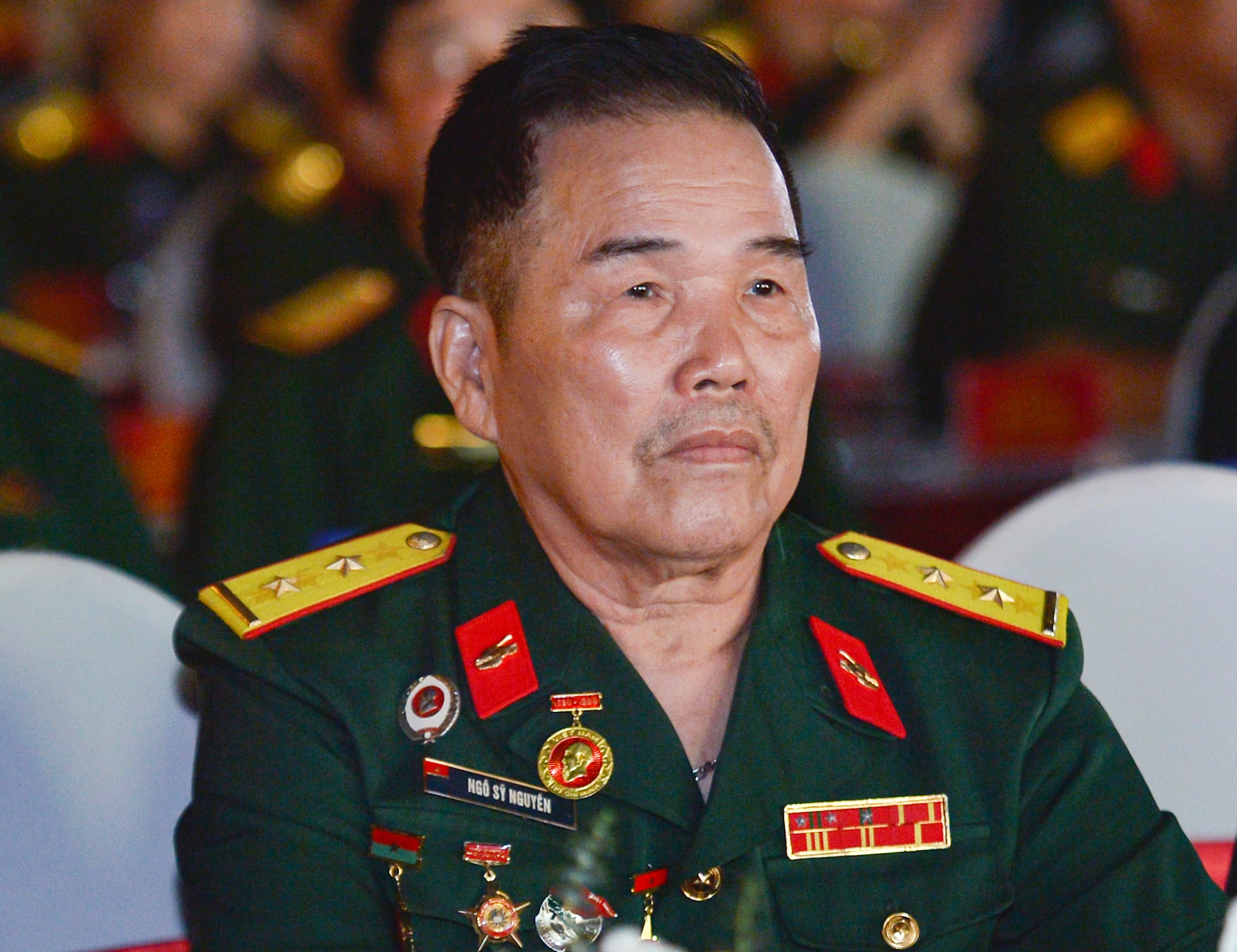
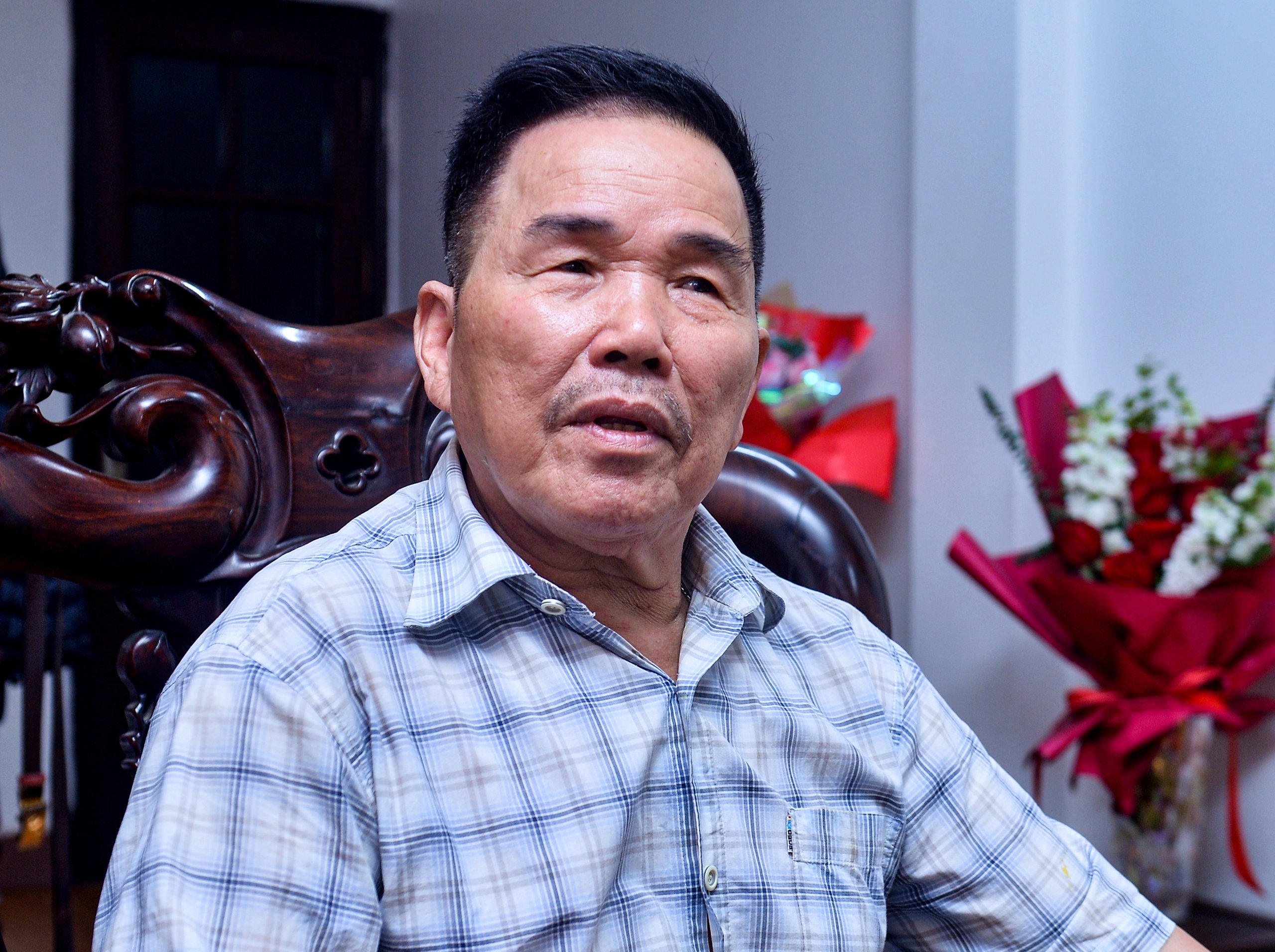
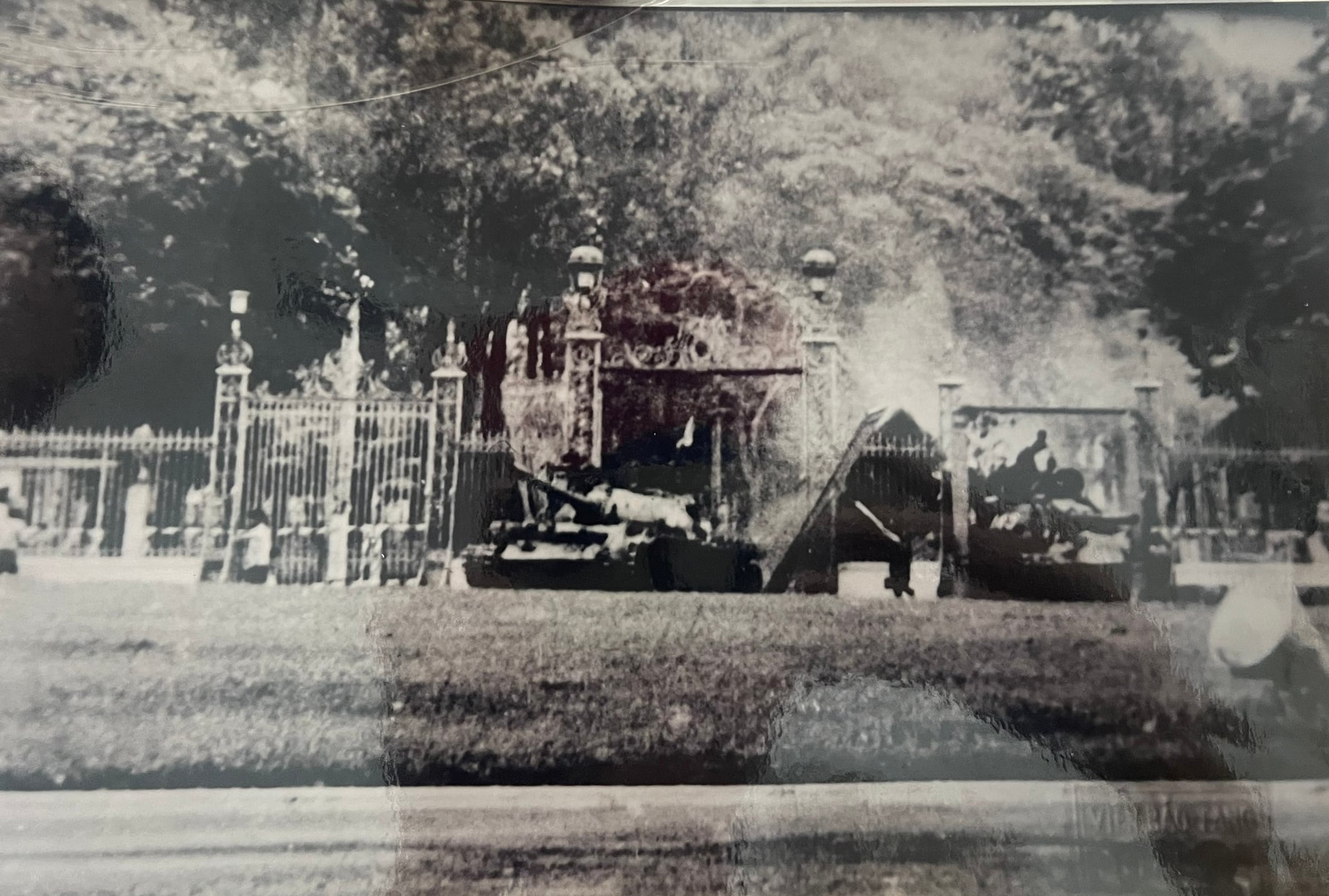
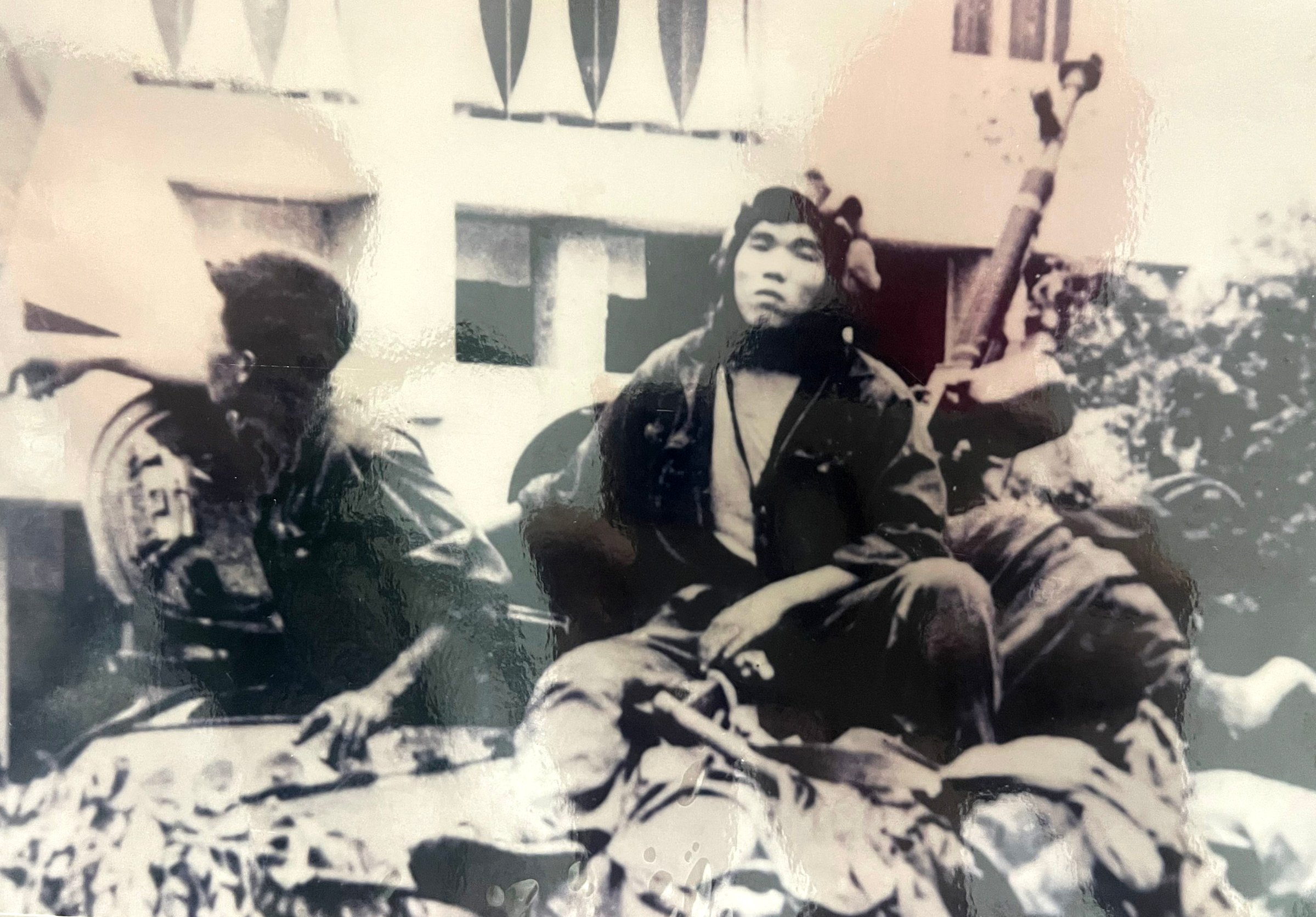
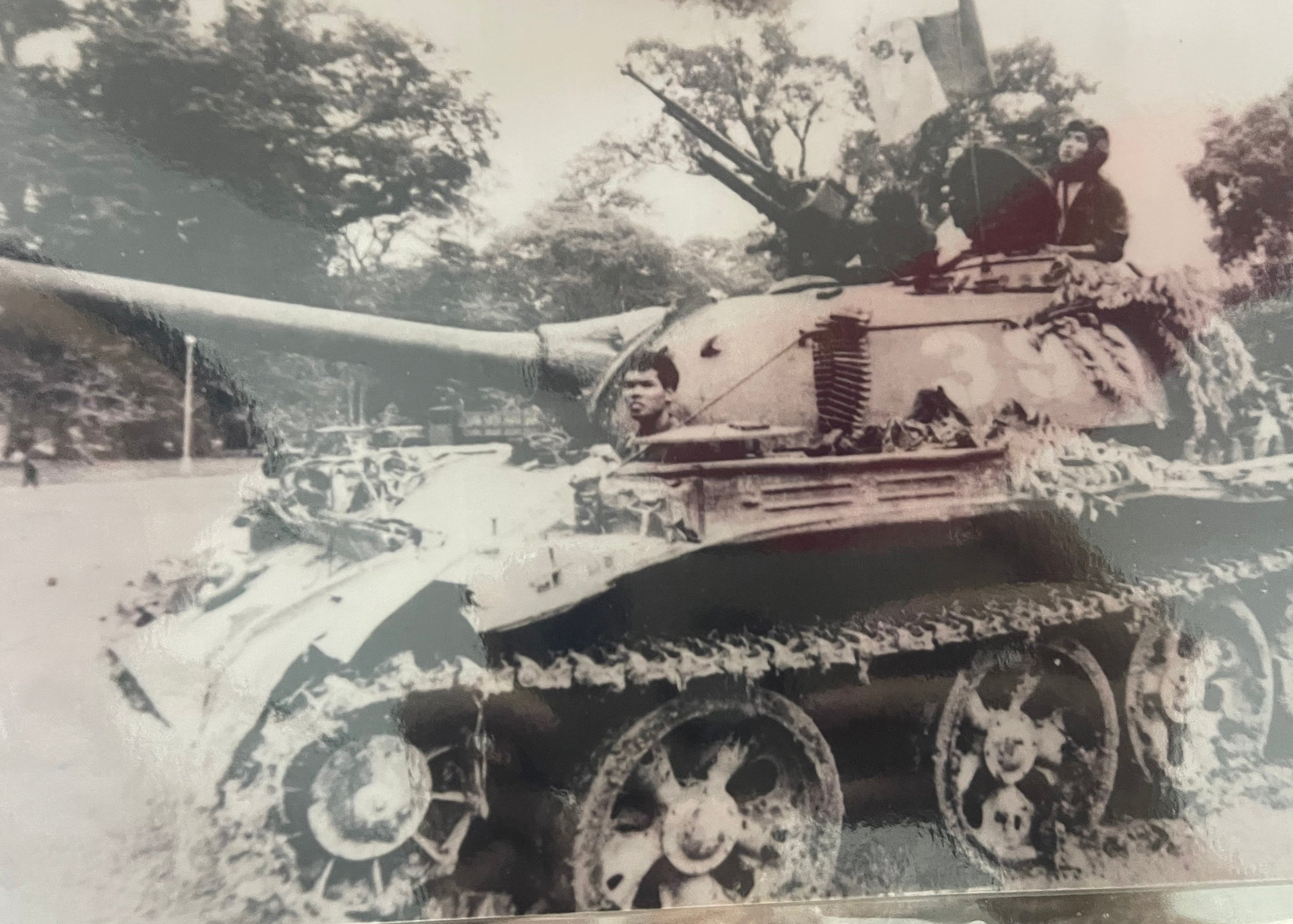
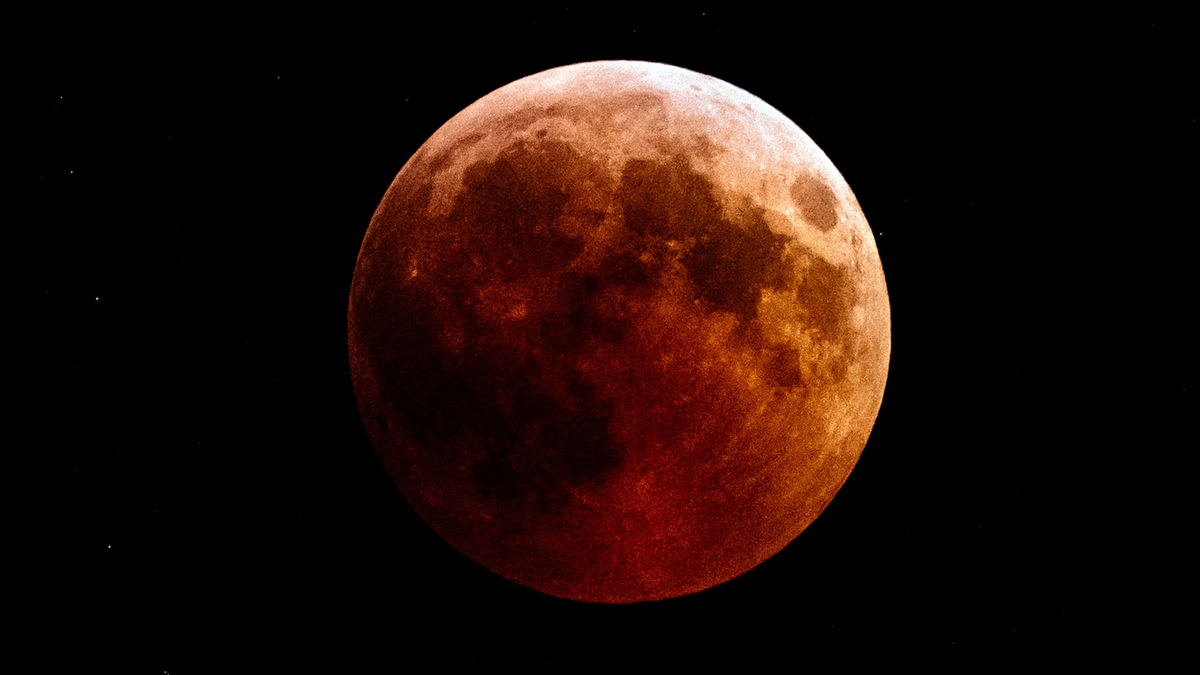





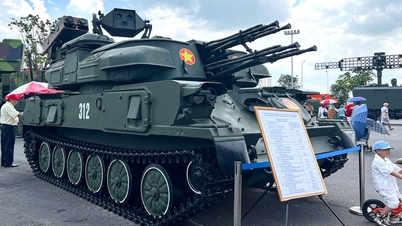

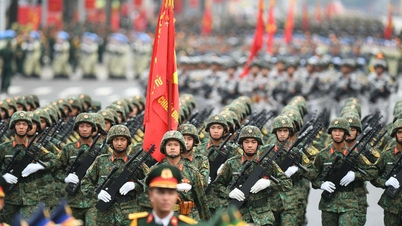

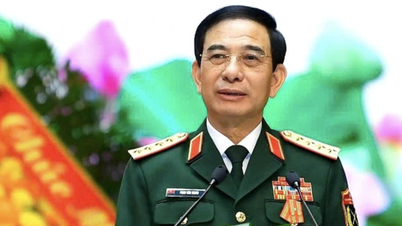
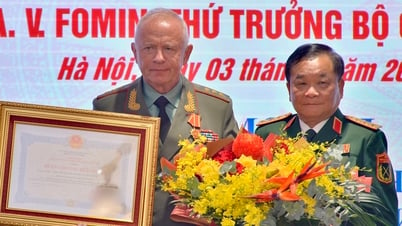


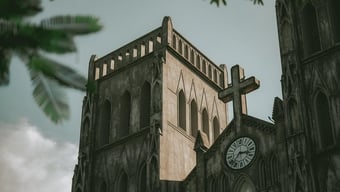
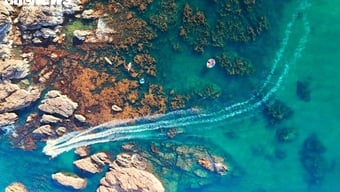





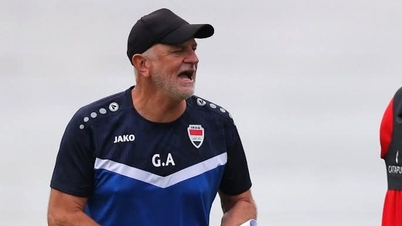
![[Photo] Impressive display booths of provinces and cities at the Exhibition 80 years of the Journey of Independence - Freedom - Happiness](https://vphoto.vietnam.vn/thumb/1200x675/vietnam/resource/IMAGE/2025/9/7/cd63e24d8ef7414dbf2194ab1af337ed)




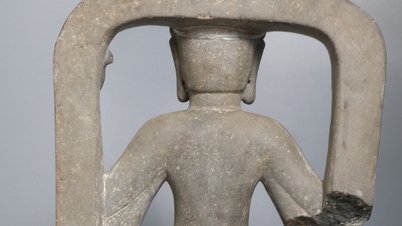

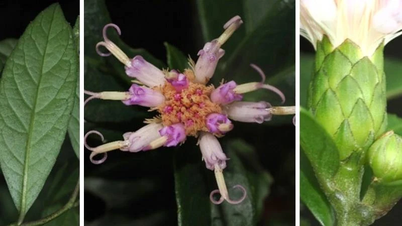







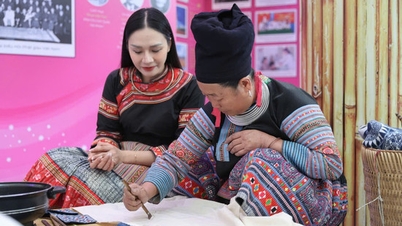
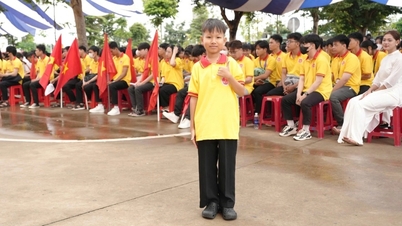

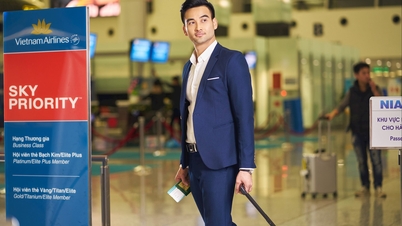

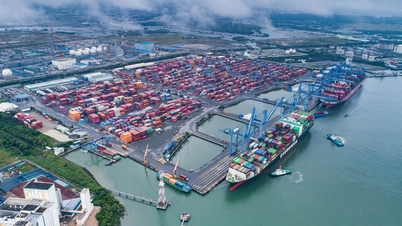



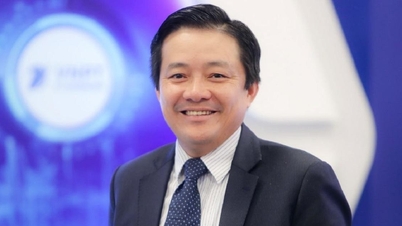

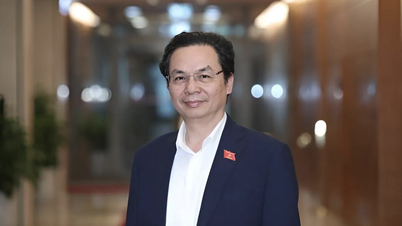



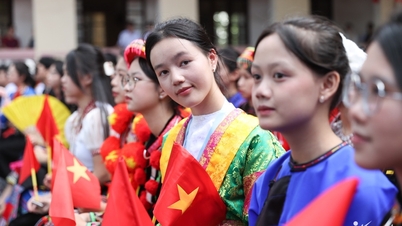


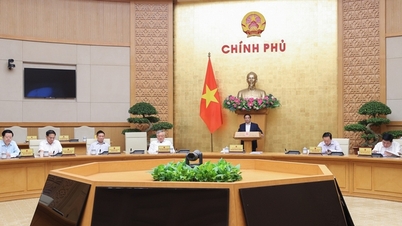
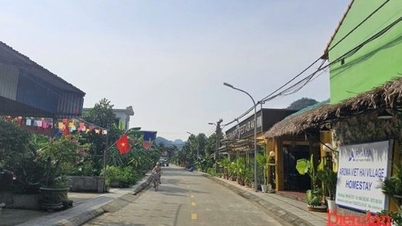

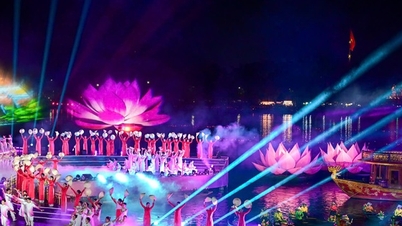
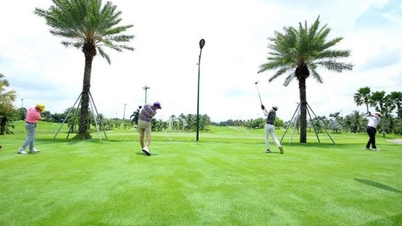
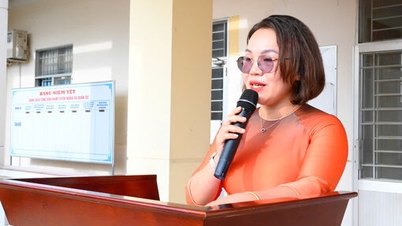












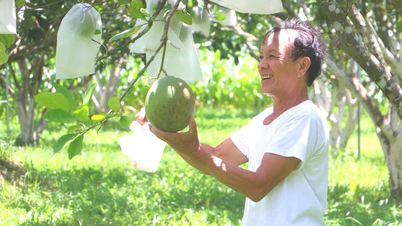







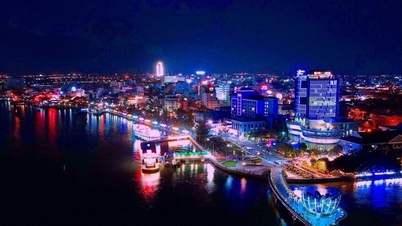

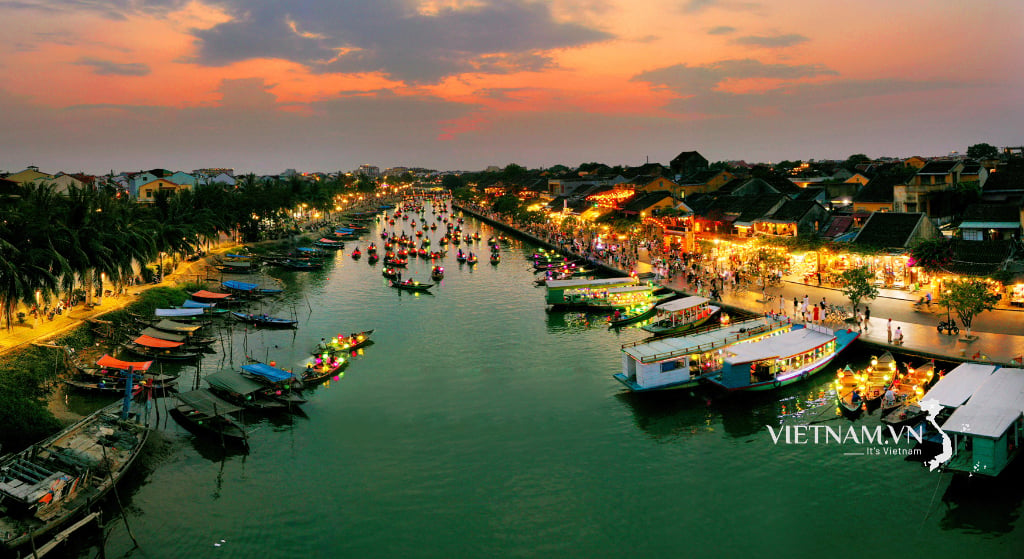

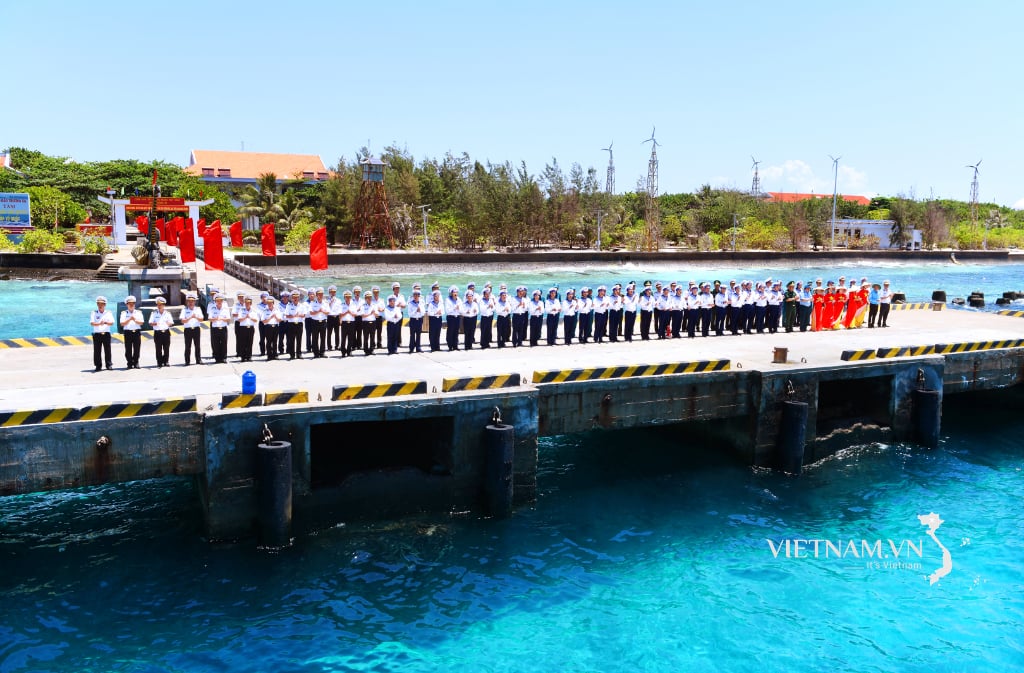
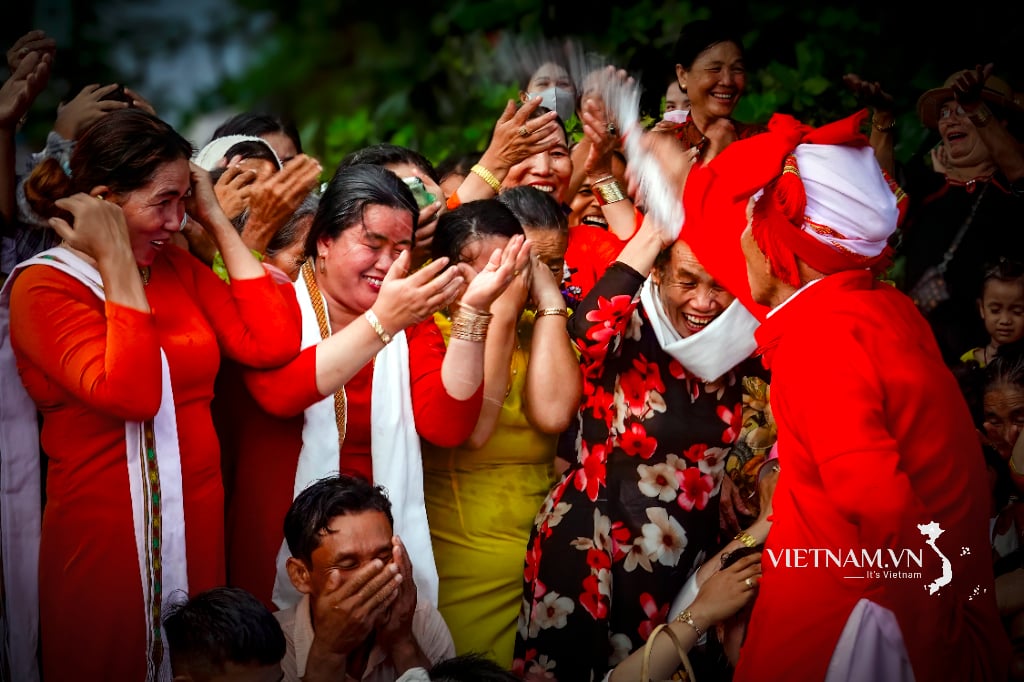
Comment (0)